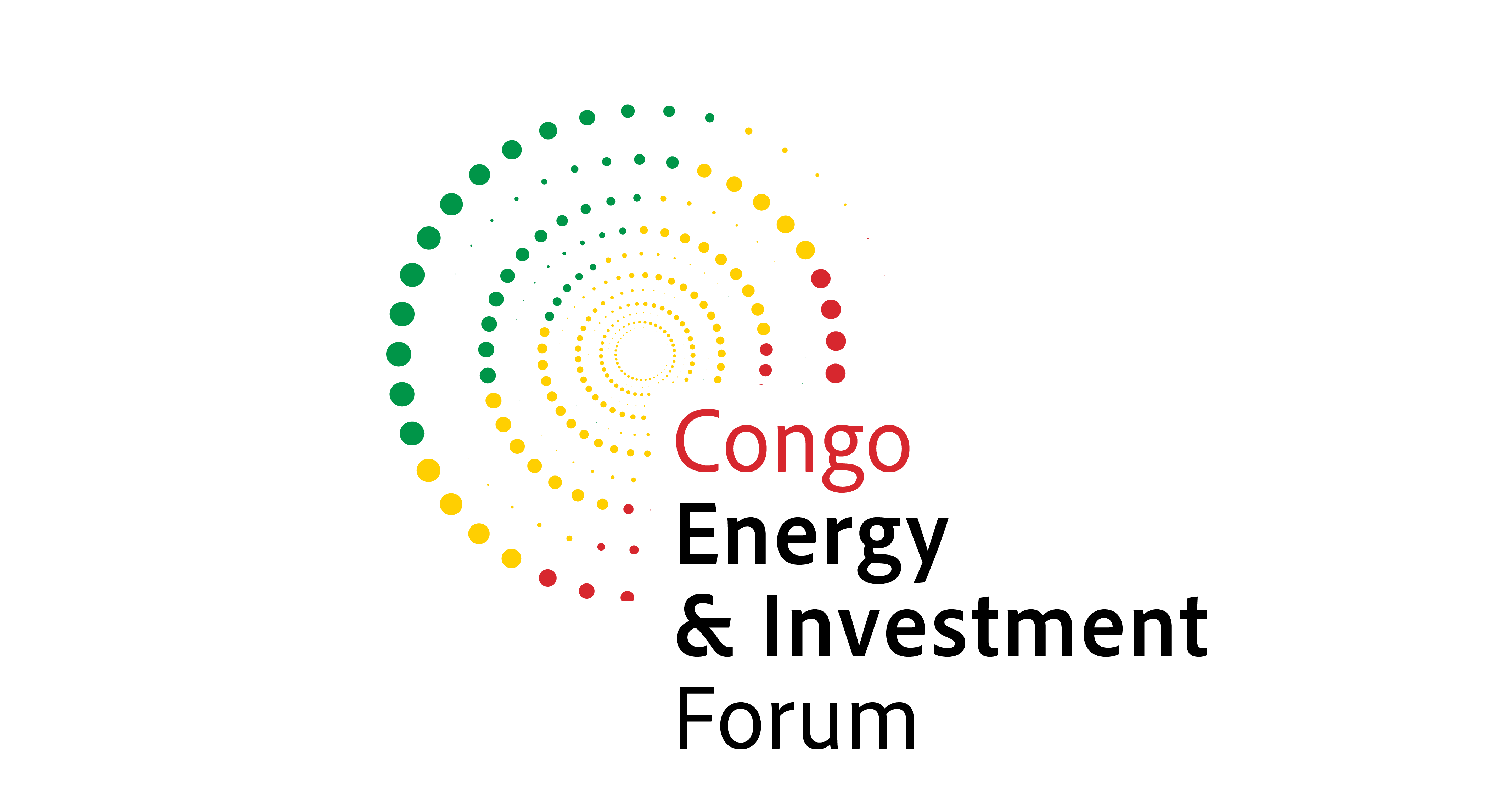TGS Explores Digitalization’s Role in Congo’s Oil Growth
)
Modern seismic data and digital technologies are accelerating exploration in the oil and gas industry by enhancing exploration accuracy, reducing risk, and maximizing operational efficiency. During the Congo Energy & Investment Forum in March 2025, Energy Capital & Power spoke with Jevon Hilder, Senior Business Development Manager at TGS, to discuss how these innovations are contributing to the Republic of Congo’s efforts to boost oil output to 500,000 barrels per day and strengthen the performance of its upstream sector.
What role does digital transformation play in advancing Congo’s exploration and production efforts?
Digital transformation plays several important roles. One key aspect is in the acquisition of new data utilizing advanced technologies, such as ocean bottom nodes and conventional streamers. These technologies provide higher-resolution subsurface data, enabling more accurate and cost-effective decision-making. This ultimately leads to increased recovery from existing fields. Additionally, cloud computing and HPC allow us to process complex algorithms on huge amounts of data more efficiently and with scalable flexibility depending on demand. We are also working toward leveraging machine learning to extract ever more insight from these vast subsurface datasets to streamline exploration efforts.
Please describe TGS’ footprint across Africa and its contributions to the growth and development of the continent’s energy industry.
TGS is active in hydrocarbon basins across the entire African continent. One of our most powerful assets is our comprehensive, modern regional seismic data, which companies can use for geological interpretation and regional evaluations. In the Republic of Congo, we have been active for over 20 years in acquiring and processing seismic data to support oil and gas exploration.
What are the key challenges in helping oil and gas projects digitalize, and how is TGS addressing them?
One of the main challenges is cost efficiency – new technologies can be expensive. To address this, we are focused on optimizing these technologies to bring costs down. For instance, with ocean bottom nodes, we are working to optimize acquisition strategies, such as refining source-receiver spacing, which is already paying off by reducing costs and cycle times. This, in turn, positively impacts return on investment by delivering higher-resolution data for offshore assets.
What does your investment and expansion strategy look like in Congo?
We are a long-term partner to Congo and enjoy doing business here. Looking ahead, we are committed to supporting Congo in its upcoming licensing round. This support will come through the subsurface data we have already acquired and processed, covering more than half of the country, as well as through new data acquisition programs that we plan to bring to market soon.


